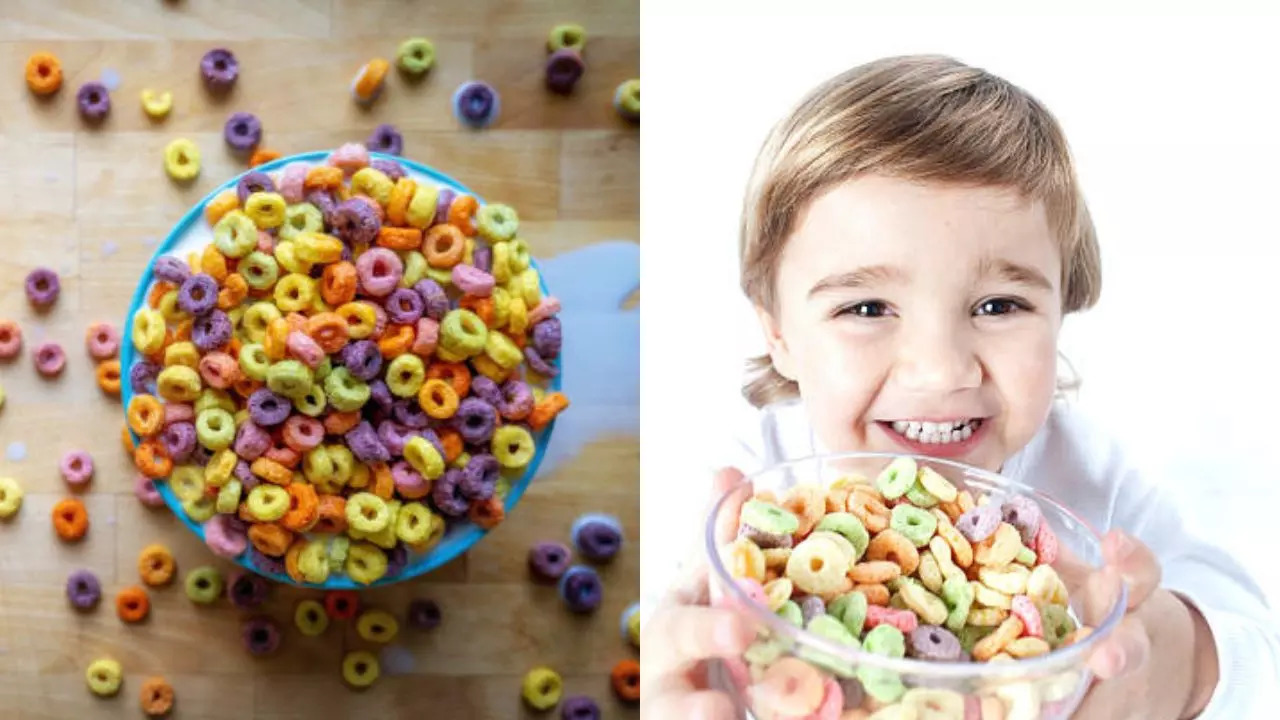A one-cup serving of Froot Loops contains 12.35 grams of sugar, more than half the recommended daily amount for children.
Cereals are among the most popular breakfasts around the world. Not only are they easy and convenient, but cereals also have impressive health properties. Made from processed cereals and often fortified with vitamins and minerals, they are usually consumed with milk, yogurt, fruits and nuts. However, a food expert has revealed that cereals are the most harmful breakfast cereals on the US market.
According to Dr. Darin Detwiler, who previously worked as a food safety expert for the agency, Froot Loops, very popular with children, are the worst among other cereals, as they are highly processed and contain huge amounts of added sugars. , artificial colors and even preservatives, all of which are linked to the appearance of cancers.
A one-cup serving of Froot Loops contains 12.35 grams of sugar, more than half the recommended daily amount for children. However, Dr. Detwiler says the serving size is not realistic, as most children eat this cereal more than the recommended cup as they love the taste and colors.
Why are Froot Loops dangerous?
The bright red color found in Froot Loops is due to Red 40, a controversial additive linked to a number of health problems, including mental health problems. Red 40 dye is made from petroleum and studies have linked it to hyperactivity, including ADHD.
A recent study on mice in Canada claimed that the synthetic dye could also trigger irritable bowel syndrome and Crohn’s disease after looking at biomarkers of damage to intestinal cells.
While it also causes hives and asthma, sneezing, watery eyes, skin irritation and migraines, red dye 40 contains benzene, a substance known to be carcinogenic. Researchers have found tumor growth in animals that consumed high doses of food dyes, although it may be difficult to translate what this means for children.
The FDA does not prohibit artificial colors or flavors.
Currently, the U.S. Food and Drug Administration says the dyes are safe for consumption when used in accordance with its regulations and that no causal link has been established between the chemicals and effects on children’s behavior.
“The totality of scientific evidence indicates that most children do not experience adverse effects from consuming foods containing dyes, but some evidence suggests that certain children may be sensitive to them,” the FDA states.
However, last month, California Governor Gavin Newsom signed into law the California School Food Safety Act, the first of its kind in the United States that banned six colorings found in foods, beverages and snacks. They serve in school cafeterias.
How do you know if your child has an allergy to red dye?
According to experts, intolerance to red 40 can be detected even at home. By simply cutting out all foods, especially colored cereals, for a week or two, you may notice an improvement in your child’s behavior. However, reintroducing foods and seeing their reactions can help you decipher them better.
Disclaimer:
The information contained in this post is for general information purposes only. We make no representations or warranties of any kind, express or implied, about the completeness, accuracy, reliability, suitability or availability with respect to the website or the information, products, services, or related graphics contained on the post for any purpose.
We respect the intellectual property rights of content creators. If you are the owner of any material featured on our website and have concerns about its use, please contact us. We are committed to addressing any copyright issues promptly and will remove any material within 2 days of receiving a request from the rightful owner.

